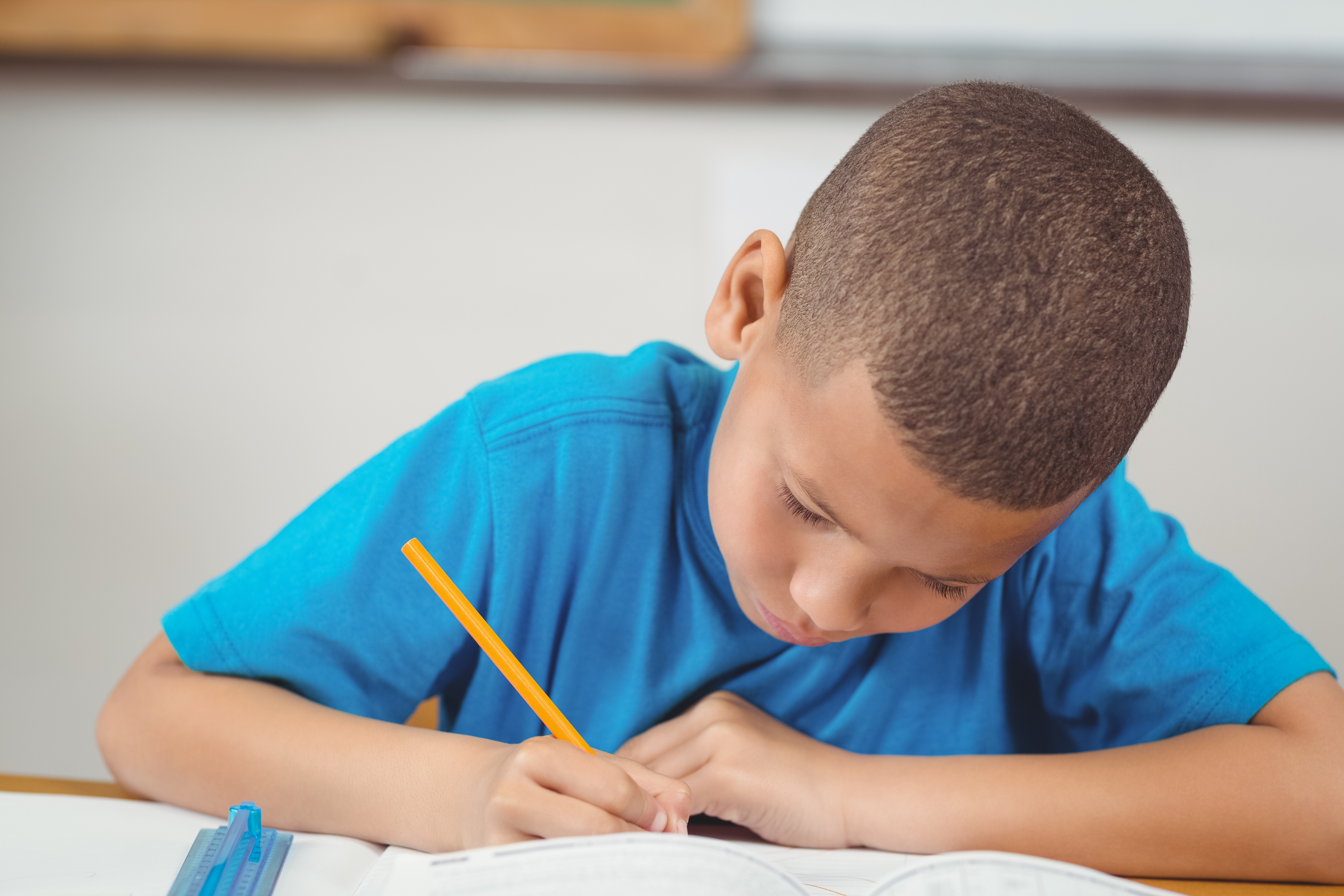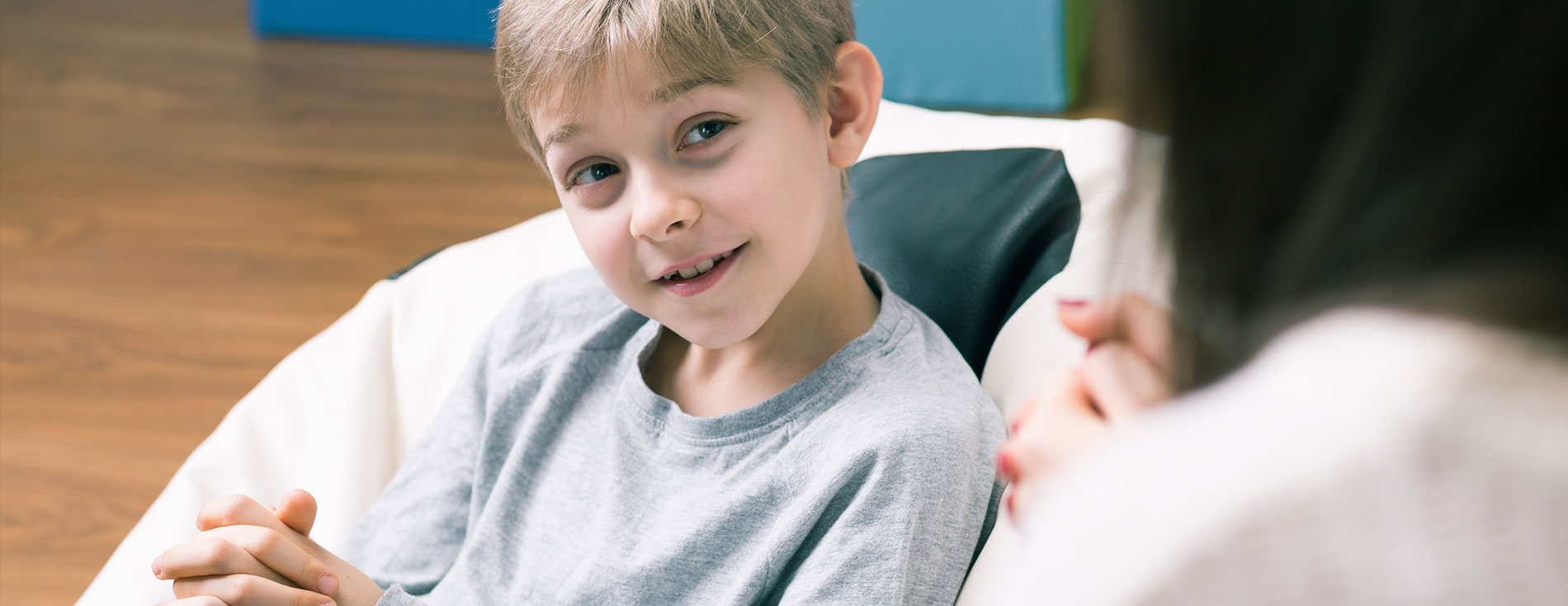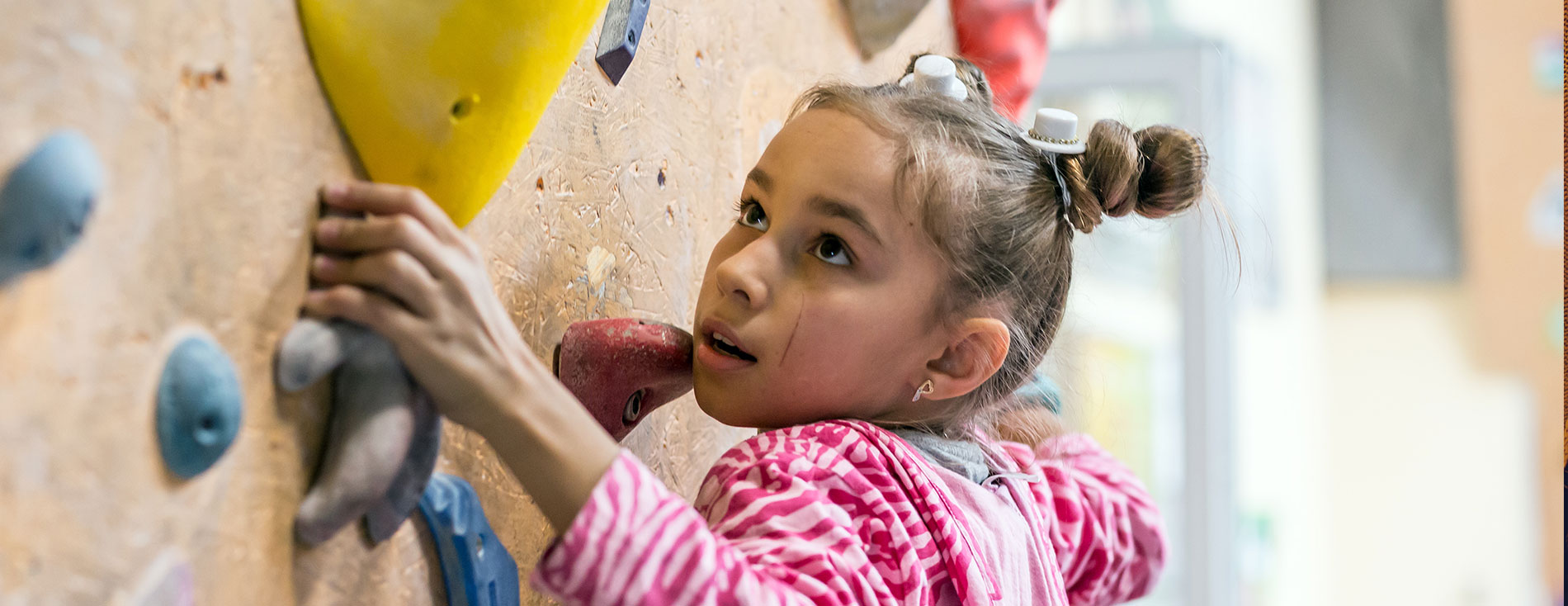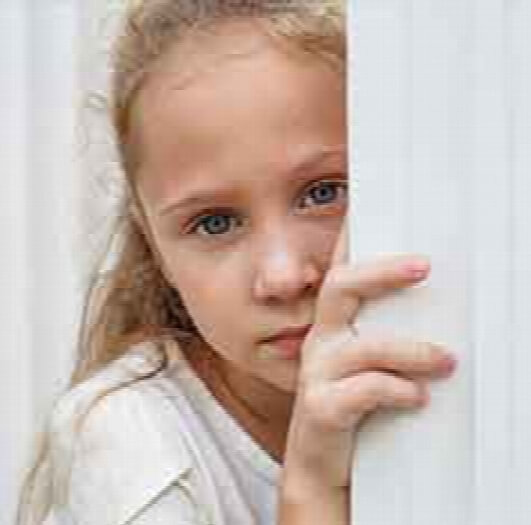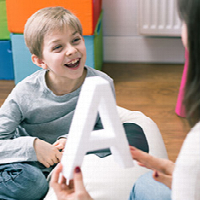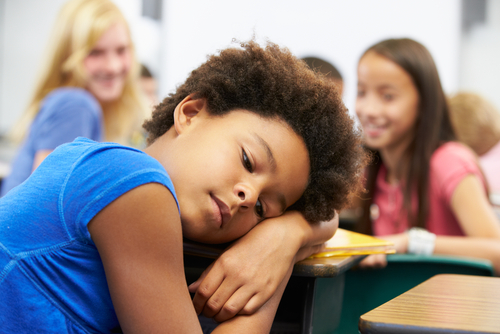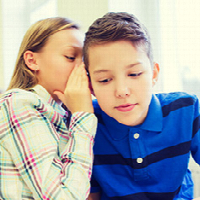Dizziness and balance problems common in U.S. kids
At a Glance
- More than 1 in 20 U.S. children have a dizziness or balance problem, and only one-third of them had received treatment in the previous year, scientists report.
- The findings highlight a poorly understood health problem and may lead to improved medical care and prevention of these conditions.
Dizziness and balance problems can be difficult to recognize in kids. Younger children in particular may have trouble describing their symptoms. These problems can be a sign of a temporary ear infection or a more serious neurological disorder that might have long-term developmental consequences.
Experts have long suspected that dizziness and balance problems are often overlooked and untreated, but the scope of the problem has been poorly understood. Previous estimates of these problems in children have ranged from 5% to 18%. But these estimates were based on limited studies conducted in other countries.
To better understand the prevalence among U.S. children, a team led by researchers at NIH’s National Institute on Deafness and Other Communication Disorders (NIDCD) analyzed data from a 2012 survey of parents who reported on their children’s dizziness and balance problems.
The researchers analyzed data on nearly 11,000 children, ages 3 to 17. Parents were asked if, in the past year, their children had been bothered by symptoms of dizziness or balance problems such as vertigo (feeling that you or your surroundings are spinning), unsteadiness upon standing, frequent falls, or other related symptoms. Their findings were reported online on January 23, 2016, in the Journal of Pediatrics.
Analyses showed that 5.3% of U.S. children (nearly 3.3 million) had dizziness or balance problems. Prevalence increased with age, with 7.5% percent of kids ages 15-17 and 6.0% of children ages 12-14 having any dizziness or balance problem. The prevalence was 3.6% for children ages 6-8 and 4.1% for kids ages 3-5. Nearly 1 in 5 affected kids (18.6%, or 600,000 children) had symptoms rated as “moderate,” “big,” or “very big” problems.
Only 36% of the children with dizziness and balance problems had been seen by a health professional in the previous year, and 30% received treatment. Diagnoses made included neurological disorders, ear infections, concussion, malformation of the ear, prescription medications, severe headaches or migraines, and vision problems.
Kids with hearing difficulties were more likely to have dizziness or balance problems than children who had normal hearing. Other risk factors linked to dizziness and balance problems included frequent headaches, certain developmental delays, and occurrence in the previous year of seizures, stuttering/stammering, or anemia.
“These findings suggest that dizziness and balance problems are fairly common among children, and parents and providers should be aware of the impact these problems can have on our children,” says NIDCD Director Dr. James F. Battey, Jr. “Parents who notice dizziness and balance problems in their children should consult a health care provider to rule out a serious underlying condition.”
Source:
Reprinted from NIH Research Matters, NIH (February 2, 2016)

